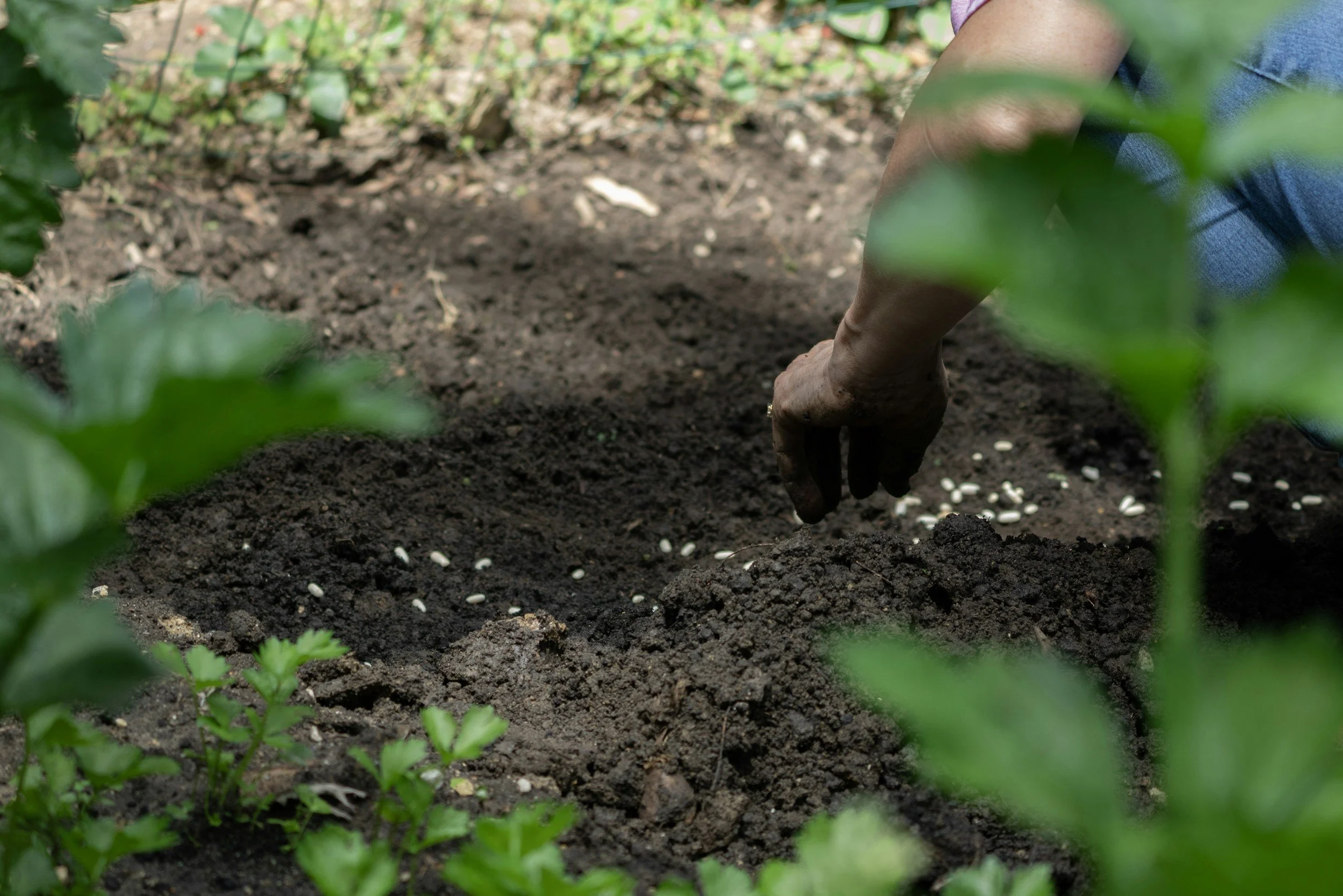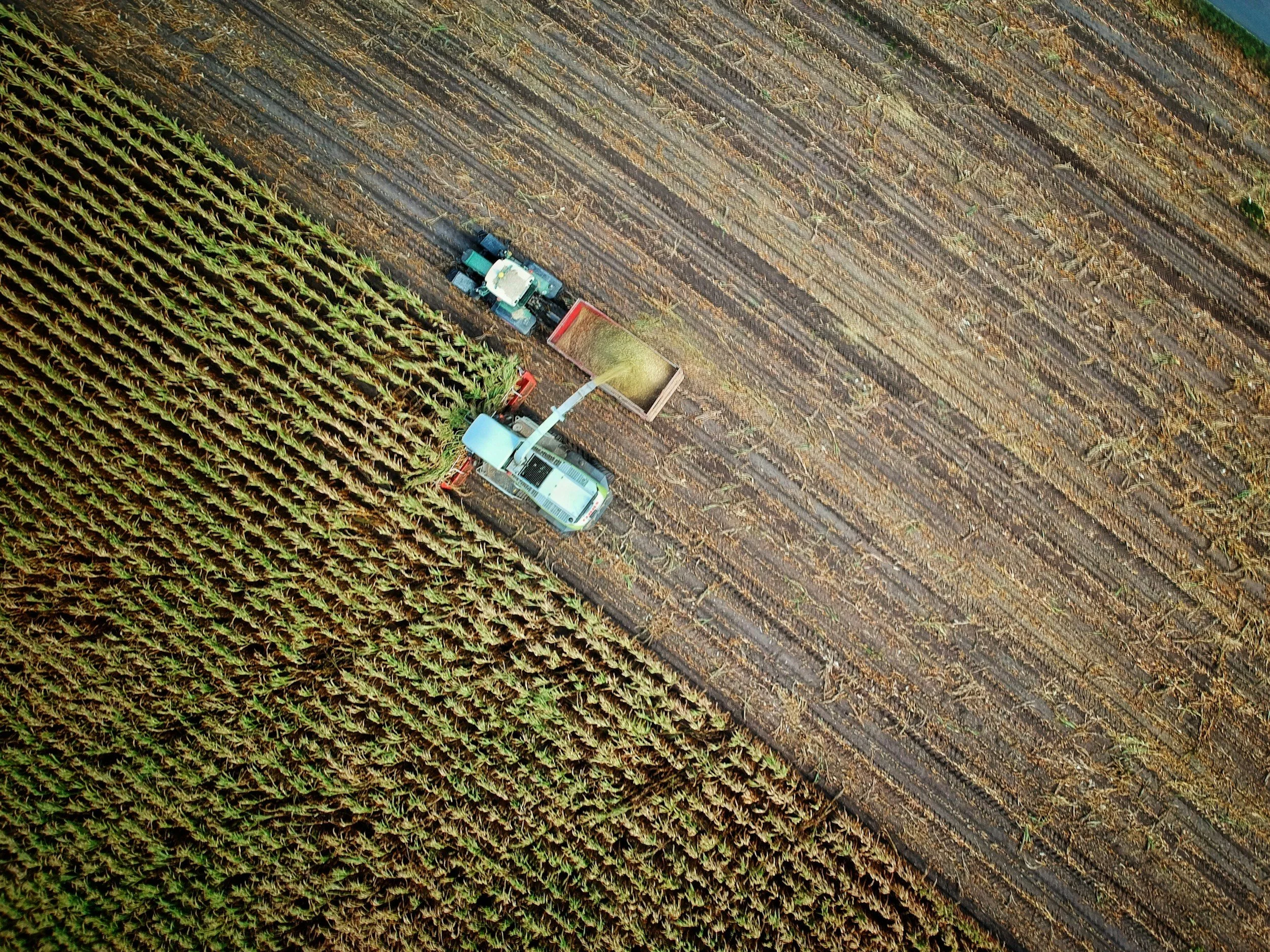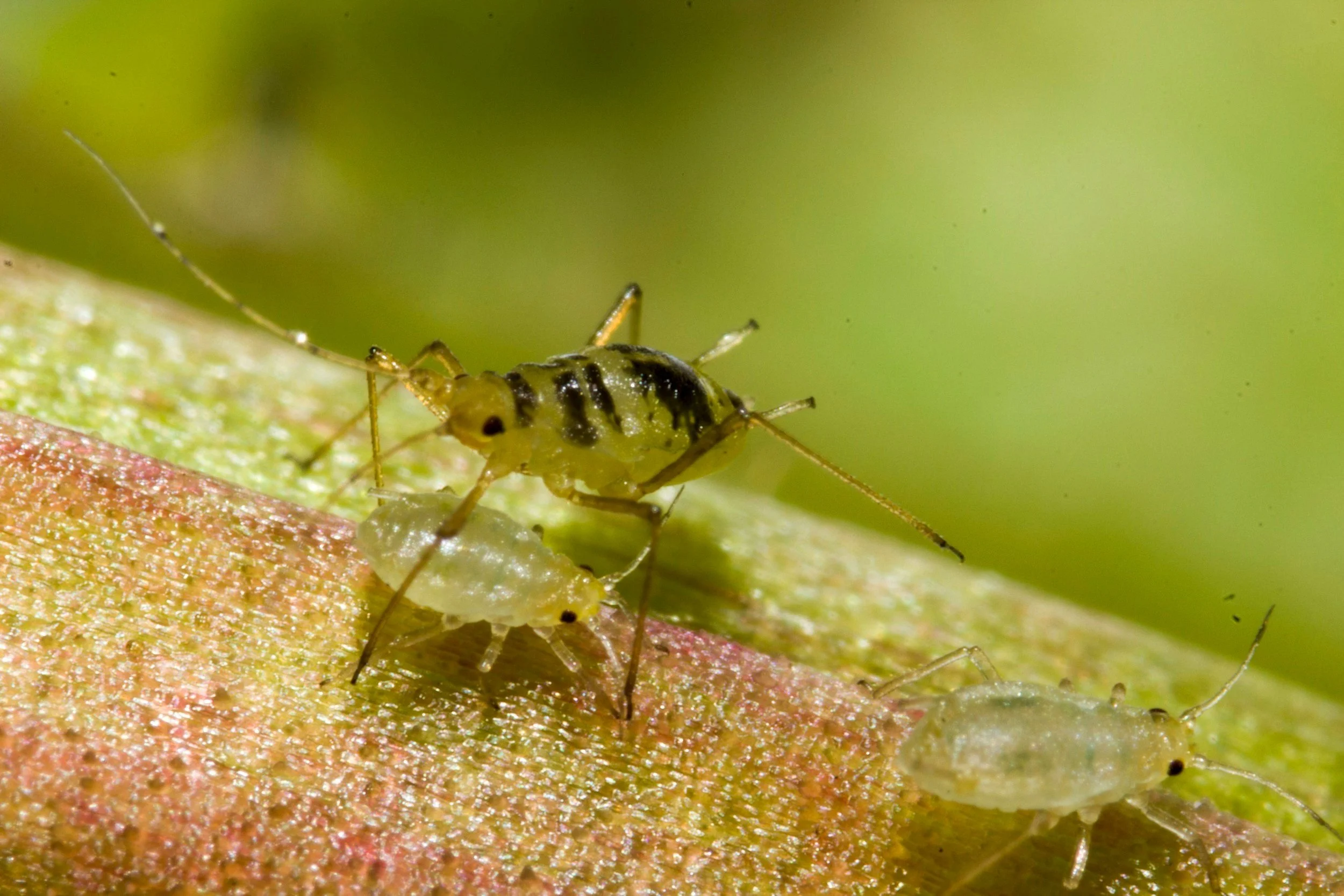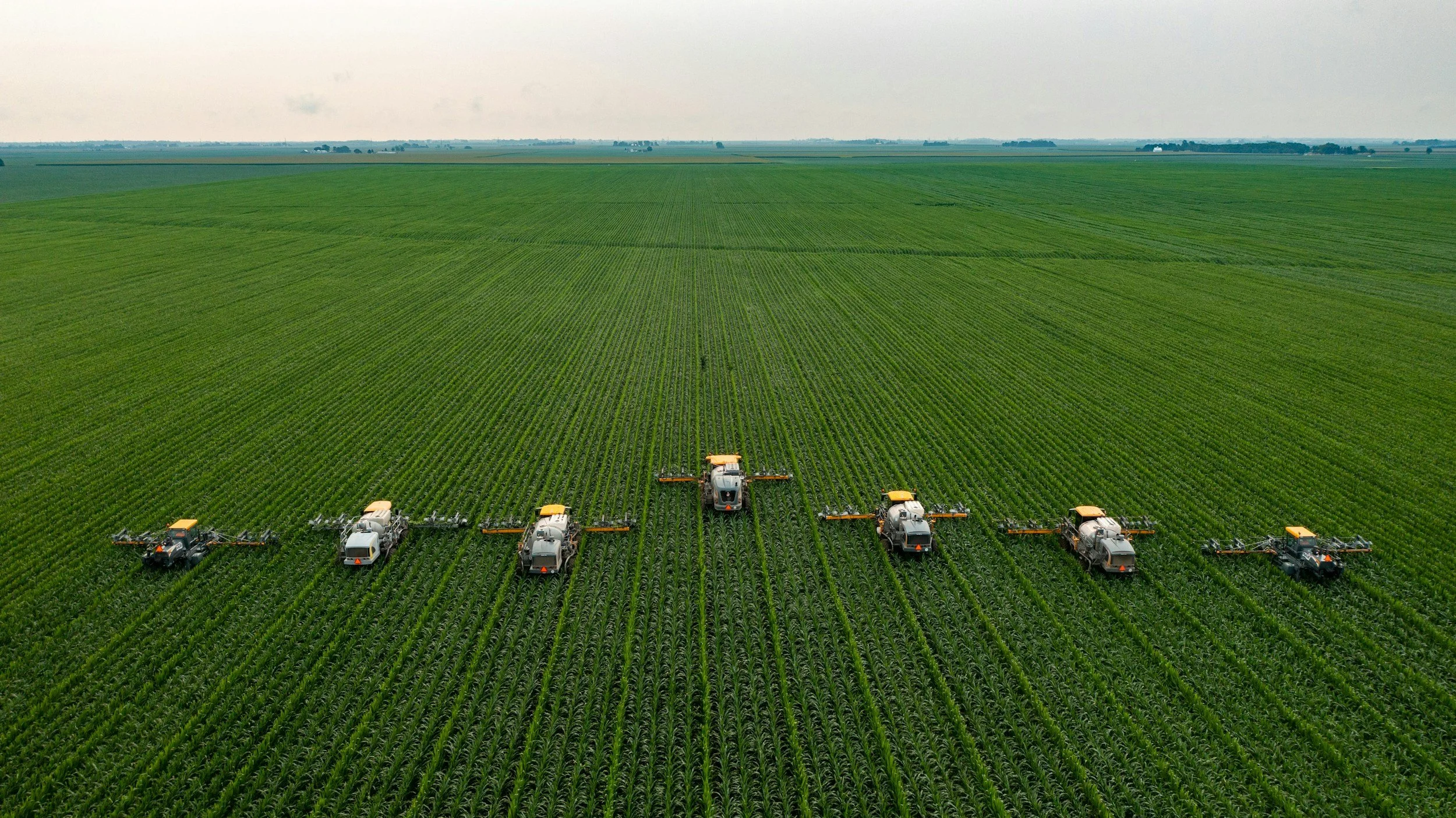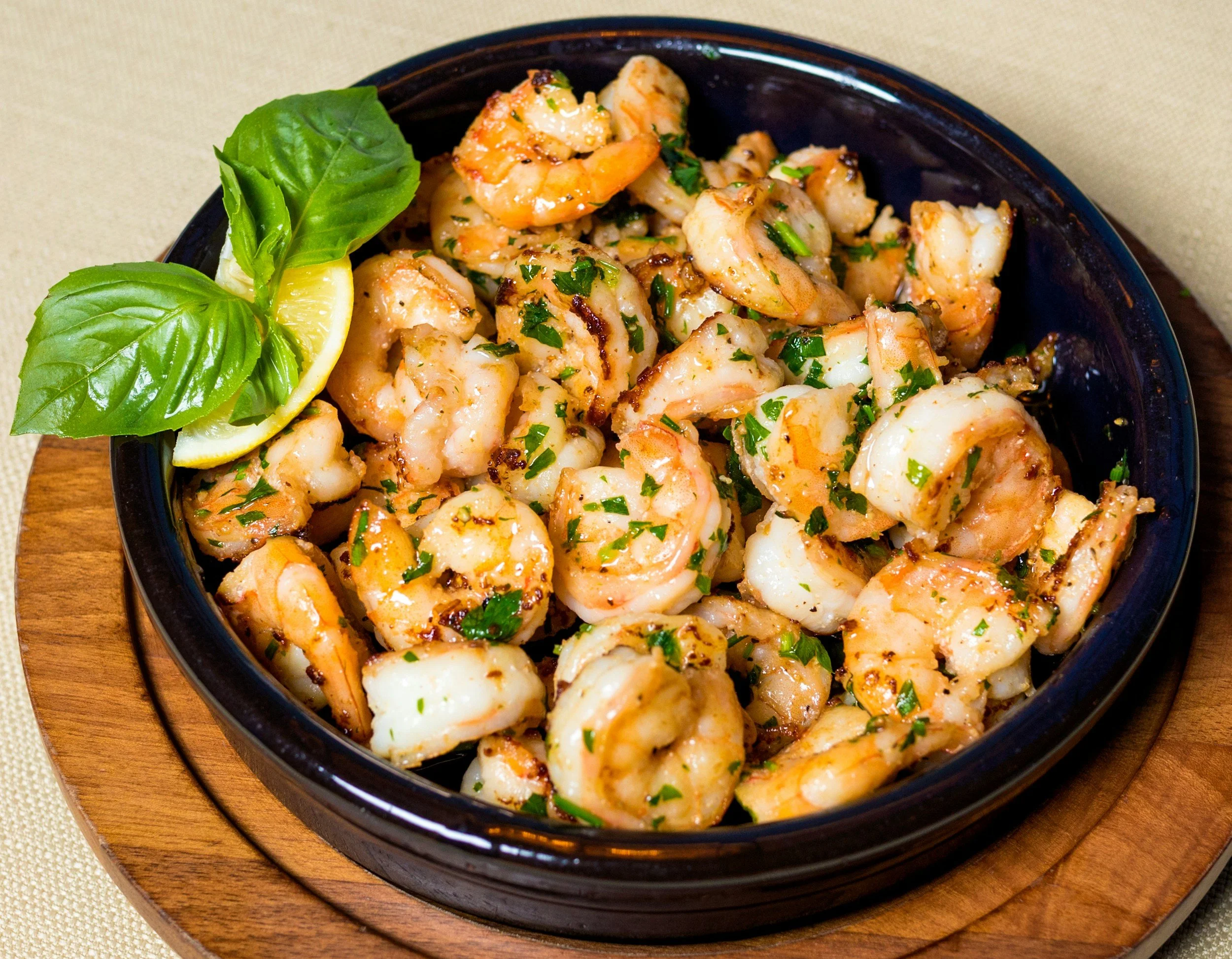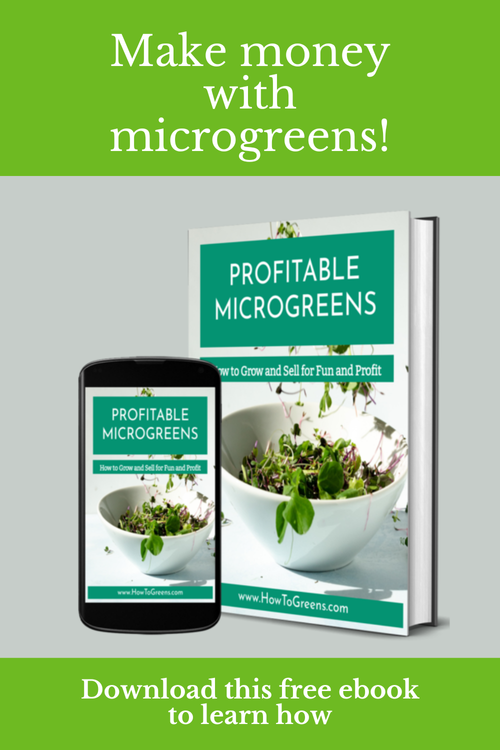Circular Kitchen: Turning Food Scraps into Soil and Savings
/Imagine tossing your morning coffee grounds into a chic countertop composter instead of the trash—and watching them come back as fresh basil on your windowsill. Sounds magical? It’s just smart design. Welcome to the circular kitchen: a practical, sustainable approach to food waste that helps your home thrive, your wallet smile, and the planet breathe a little easier.
Read More







